The Centre Island carousel (merry-go-round) at Centreville in July 1987. Photo from author’s collection.
The carousel is one of the few amusement rides that generates feelings of nostalgia and romance. In the past, Toronto has been the home to three great carousels and I have had the pleasure of riding on two of them. Carousels are usually found in amusement parks, where they create great pleasure for children and adults alike. When watching an adult help a toddler onto the back of one of the carved animals, it is difficult to determine who derives the most pleasure—the child or the adult. It is not uncommon to see an adult riding a carousel, employing the excuse that they are merely accompanying their child for safety reasons.
Perhaps this is because many of us remember our own childhood and the great joy we experienced when we rode a carousel. Most of us cannot wait to see the same pleasure bestowed on our own children or those of our friends. Despite the newer, faster and more modern rides, as well as electronic games and the internet, the carousel from Victorian times remains one of the most treasured experiences for youngsters.
Scarborough Beach Park
One of Toronto’s earliest amusement parks was Scarborough (Scarboro) Beach Park. It was located beside Lake Ontario, south of Queen Street East, between Kew and Balmy Beaches. The land was purchased in 1906 by Harry and Mabel Dorsey for about $160,000. When the park opened on July 1, 1907 it contained an array of rides, as well as a 30-metre obelisk-like tower and an extensive midway.
The park became famous for its diving horse, which jumped headlong from a 60-foot platform into Lake Ontario. Similar to today, the most popular ride for children was the carousel. However, during the years ahead, attendance dwindled due to lack of maintenance and competition from the amusement park that opened at Sunnyside in 1922. The City of Toronto purchased Scarborough Beach Park in 1925 and officially closed it in 1930. The carousel was sold to Lakeside Park at Port Dalhousie, near St. Catharines, Ontario.
(Left) The midway at Scarborough Beach Park in 1907 (Toronto Archives, Fonds 1244, item 0230). (Right-hand photo) The Water Chute at the park in 1908 (Toronto Archives, Fonds 1244, item 0230).
The tower that resembled an obelisk, at Scarborough Beach Park. Photo taken in 1900, Toronto Public Library, r- 5448.
Scarborough Beach Park in 1900. The structure on the far left is likely the carousel. It was sold to Lakeside Park at Port Dalhousie, but not the building that housed it. Toronto Public Library, r-5447.
After Scarborough Beach Park was demolished, the land became a residential development. The only reminder of the park’s existence is Scarborough Beach Boulevard. It extends south from Queen Street East to the lake and is on the site of the former path that led to the entrance gate of the park.
Lakeside Park at Port Dalhousie, Ontario
I was on the carousel in this park several times in the 1940s. When I was a child, once each summer my family visited the beach at Port Dalhousie, sailing across the Lake Ontario aboard the SS Cayuga. The magnificent carousel at Port Dalhousie was carved between the years 1898 and 1905 in Brooklyn, New York. It still operates today, and has 68 animals, including horses, lions, camels, goats, and giraffes, plus four chariots.
Before the Second World War automobiles were unaffordable, so people in Toronto spent their weekends and holiday within the city or surrounding areas. It was mainly the wealthy that were able to afford to journey on the train to cottages in the Muskoka Region or Georgian Bay. During the 1930s and 1940s, each year more than a quarter million people crossed the lake in steamships to visit Port Dalhousie. The animals on the carousel are hand-carved and the horses have real horsehair tails. Today, they are maintained by the “Friends of the Carousel”, a group that repairs them when needed. All the animals are original, except for a lion carved in 2004 to replace one that was stolen in the 1970s.
Lakeside Park at Port Dalhousie in 1930. The building near the top of the photo is likely the carousel. (Readers: please advise me if this is incorrect) Toronto Public Library, tspa 007728.
Hanlan’s Point Amusement Park
The amusement park at Hanlan’s Point was very popular during the last few decades of the 19th century and early decades of the 20th. The city’s main baseball stadium was located there, the ride across the harbour on a Toronto ferry a treasured part of the daily excursion. It was logical to add other attractions to Hanlan’s Point to lure visitors across the bay. The original wooden stadium opened in 1897, and it was at Hanlan’s that Babe Ruth hit his first home run as a professional player. After the baseball season ended in 1925, the team relocated to Maple Leaf Stadium on the mainland, at the foot of Bathurst Street.
The amusement rides alone were not able to attract sufficient people to remain financially viable. The rides were eventually sold or demolished, and by 1930, almost nothing remained. I was unable to discover what happened to the carousel.
The Trillium docked at Hanlan’s Point on September 1, 1927. The carousel is behind the ferry, near the water of the harbour. It is unknown if the carousel remained inside the structure, as they were usually sold without the buildings that housed them. Toronto Archives, Series 0071, item 5215.
On the left-hand side of the photo is the merry-go-round (carousel) at Hanlan’s Point on August 12, 1927. The ticket booth is also visible. Behind the carousel is a refreshment stand. Toronto Archives, Series 0071, item 5157.
Sunnyside Beach and Amusement Park
Sunnyside Beach Amusement Park was officially opened by Mayor Mcguire on June 28, 1922. At the time the park had not been completed, but a few of the rides and the Bathing Pavilion were ready for visitors. After its official opening, thousands strolled along the boardwalk at Sunnyside, swam in the waters of the lake, or dived into the new swimming pool.
During the next few years, the amusement park was completed. Included among the rides was a carousel, the one that provided me with my first ride aboard one. Other popular features at Sunnyside were the concession stands, dance pavilion, and an open-air theatre called the Band Stand. The annual Easter Parade was held on the boardwalk at Sunnyside, as well as the Miss Toronto beauty contests and women’s softball games. The Sunnyside rollercoaster, named the Flyer, was a wooden structure. I rode it many times in the 1950s and can still recall how the cars swayed from side to side as they descended from the highest section of track. This added greatly to the sense of danger. Being a teenager at the time, I loved it.
The golden era of Sunnyside was from the 1920s until the early-1950s. As automobiles became more affordable, families began journeying north of the city to escape the heat and humidity of a Toronto summer. The lakes of Muskoka and the beaches of Georgian Bay were the most popular.
In 1955, the Toronto Harbour Commission ordered the demolition of Sunnyside. By the end of 1956, the summer retreat that previous generations had known and loved was but a memory. The land is now beneath the Gardiner Expressway and the widened Lakeshore Boulevard. The beloved carousel of my youth was sold to Disneyland in Anaheim California, where it remains today. It is now called the King Arthur Carousel.
We lost this great carousel, and it appears as if we shall also lose the one at Centreville on Centre Island too.
View looking west along the the Lakeshore Road c. 1925. To the left (south) of the boardwalk is Lake Ontario (not visible in the view on the postcard). The large structure with the domed red roof is the merry-go-round.
The Sunnyside merry-go round (carousel) in 1945. Toronto Archives, SC 139-2 box 148489.
Other carousels now found within the GTA.
Carousel at Woodbine Centre at Highway 27 and Rexdale Boulevard. Photo on left, Toronto Archives, tspa 0014659f. Photo on right by Smallbones.
The carousel at Canada’s Wonderland in Vaughan at Highway #400 and Rutherford Road. Photo was taken in 1981 and is from Toronto Archives, F 1526, file98, item 5.
Children’s carousel at the CNE in the 1980s. This ride resides in Toronto only when the CNE is open. Toronto Archives, S 1465, Fl 0362, item 0023.
Carousel at the CNE in 1995. Author’s collection.
Note: I have not mentioned the carousel on Centre Island. The following link will allow readers to discover its fate:
https://tayloronhistory.com/2017/08/19/rescue-torontos-antique-carousel-at-centreville/
Note: Sources employed for this post include: cec.chebucto.org/ClosPark/ScarBech.html
and www.blogto.com/city/2011/05/nostalgia_tripping_scarboro_beach_park
and https://www.stcatharines.ca/en/experiencein/LakesideParkCarousel.asp
https://tayloronhistory.com/2017/08/19/rescue-torontos-antique-carousel-at-centreville/
To view the Home Page for this blog: https://tayloronhistory.com/
To explore more memories of Toronto’s past:
https://tayloronhistory.com/2016/03/02/tayloronhistory-comcheck-it-out/
Books by the author:
“Toronto’s Theatres and the Golden Age of the Silver Screen,” explores 50 of Toronto’s old theatres and contains over 80 archival photographs of the facades, marquees and interiors of the theatres. It relates anecdotes and stories by the author and others who experienced these grand old movie houses.
To place an order for this book, published by History Press:
https://www.arcadiapublishing.com/Products/9781626194502
Book also available in most book stores such as Chapter/Indigo, the Bell Lightbox and AGO Book Shop. It can also be ordered by phoning University of Toronto Press, Distribution: 416-667-7791 (ISBN 978.1.62619.450.2)
Another book on theatres, published by Dundurn Press, is entitled, “Toronto’s Movie Theatres of Yesteryear—Brought Back to Thrill You Again.” It explores 81 theatres and contains over 125 archival photographs, with interesting anecdotes about these grand old theatres and their fascinating histories. Note: an article on this book was published in Toronto Life Magazine, October 2016 issue.
For a link to the article published by Toronto Life Magazine: torontolife.com/…/photos-old-cinemas-doug–taylor–toronto-local-movie-theatres-of-y…
The book is available at local book stores throughout Toronto or for a link to order this book: https://www.dundurn.com/books/Torontos-Local-Movie-Theatres-Yesteryear
Another publication, “Toronto Then and Now,” published by Pavilion Press (London, England) explores 75 of the city’s heritage sites. It contains archival and modern photos that allow readers to compare scenes and discover how they have changed over the decades.
Note: a review of this book was published in Spacing Magazine, October 2016. For a link to this review:
spacing.ca/toronto/2016/09/02/reading-list-toronto-then-and-now/
For further information on ordering this book, follow the link to Amazon.com here or contact the publisher directly by the link below:
http://www.ipgbook.com/toronto–then-and-now—products-9781910904077.php?page_id=21
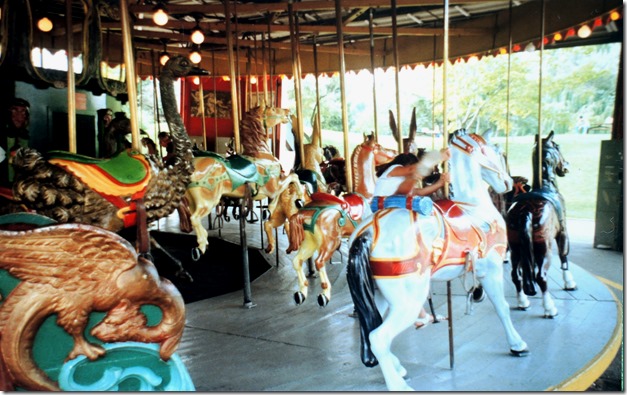
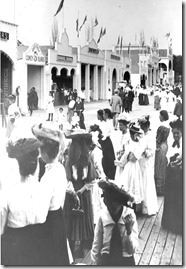
![Water chute, 1908, Scarboro Fonds 1244, item 0230 20110520-SBP2[1] Water chute, 1908, Scarboro Fonds 1244, item 0230 20110520-SBP2[1]](https://tayloronhistory.com/wp-content/uploads/2017/08/water-chute-1908-scarboro-fonds-1244-item-0230-20110520-sbp21_thumb.jpg)
![1900, pictures-r-5448[1] 1900, pictures-r-5448[1]](https://tayloronhistory.com/wp-content/uploads/2017/08/1900-pictures-r-54481_thumb.jpg)
![Scarboro Beach Park pictures-r-5447[1] Scarboro Beach Park pictures-r-5447[1]](https://tayloronhistory.com/wp-content/uploads/2017/08/scarboro-beach-park-pictures-r-544712_thumb.jpg)

![Port Dalhousie, 1930 tspa_0107728f[1] Port Dalhousie, 1930 tspa_0107728f[1]](https://tayloronhistory.com/wp-content/uploads/2017/08/port-dalhousie-1930-tspa_0107728f1_thumb.jpg)
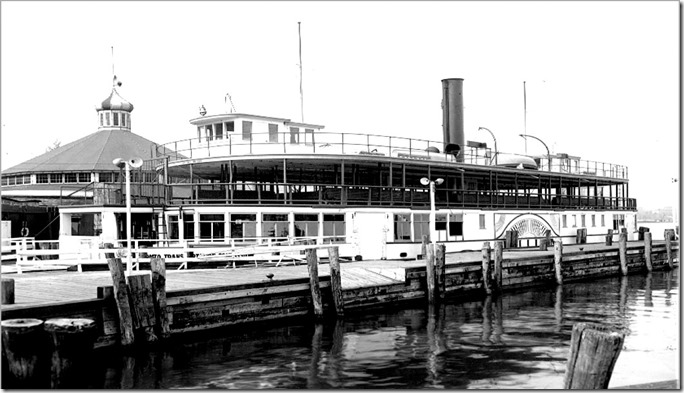
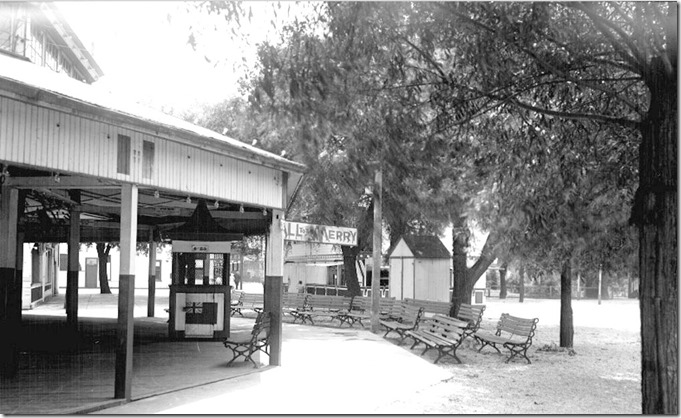
![Sunnyside_Boardwalk_Toronto_1931[1] Sunnyside_Boardwalk_Toronto_1931[1]](https://tayloronhistory.com/wp-content/uploads/2017/08/sunnyside_boardwalk_toronto_19311_thumb.jpg)
![1945-sc139-2-box-148489[1] 1945-sc139-2-box-148489[1]](https://tayloronhistory.com/wp-content/uploads/2017/08/1945-sc139-2-box-1484891_thumb.jpg)
![tspa_0014659f Tor. Star, 1985 [1] tspa_0014659f Tor. Star, 1985 [1]](https://tayloronhistory.com/wp-content/uploads/2017/08/tspa_0014659f-tor-star-1985-1_thumb.jpg)
![From Woodside Amusement Pk, photo by Smallbones 800px-Carousel_longshot_Philly[1] From Woodside Amusement Pk, photo by Smallbones 800px-Carousel_longshot_Philly[1]](https://tayloronhistory.com/wp-content/uploads/2017/08/from-woodside-amusement-pk-photo-by-smallbones-800px-carousel_longshot_philly1_thumb.jpg)
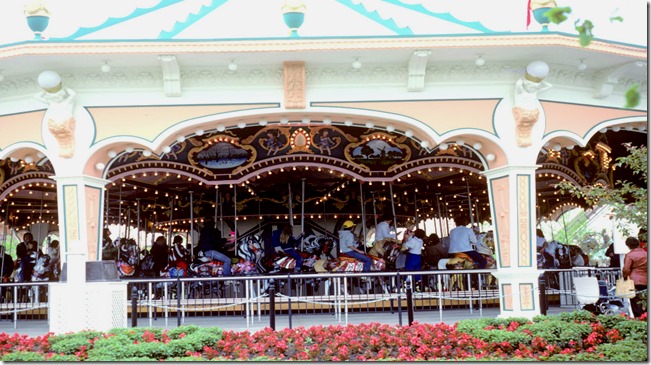
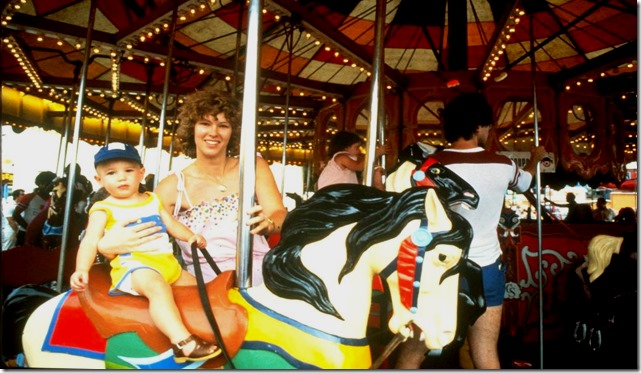
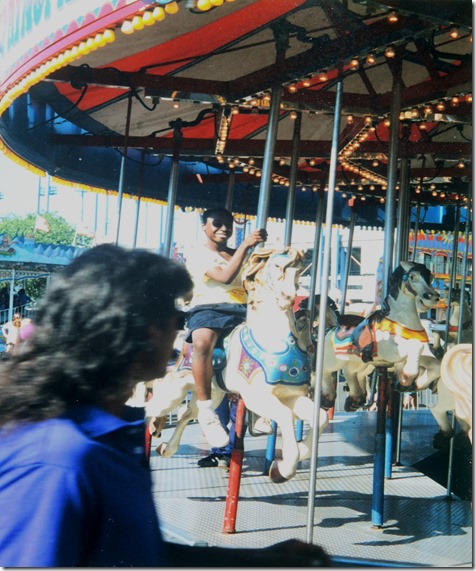
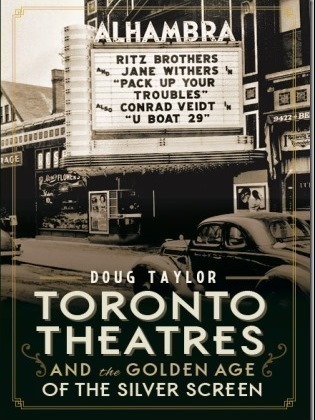
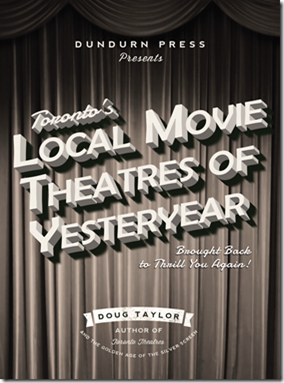



The building that you describe as “likely the carousel” in Port Dalhousie is actually the dance hall which burned down in 1970. I can attach a copy of the early carousel building to an email if you want to contact me at [email protected]
Nope. I’m wrong. It is in fact the carousel building. Please delete my comment.